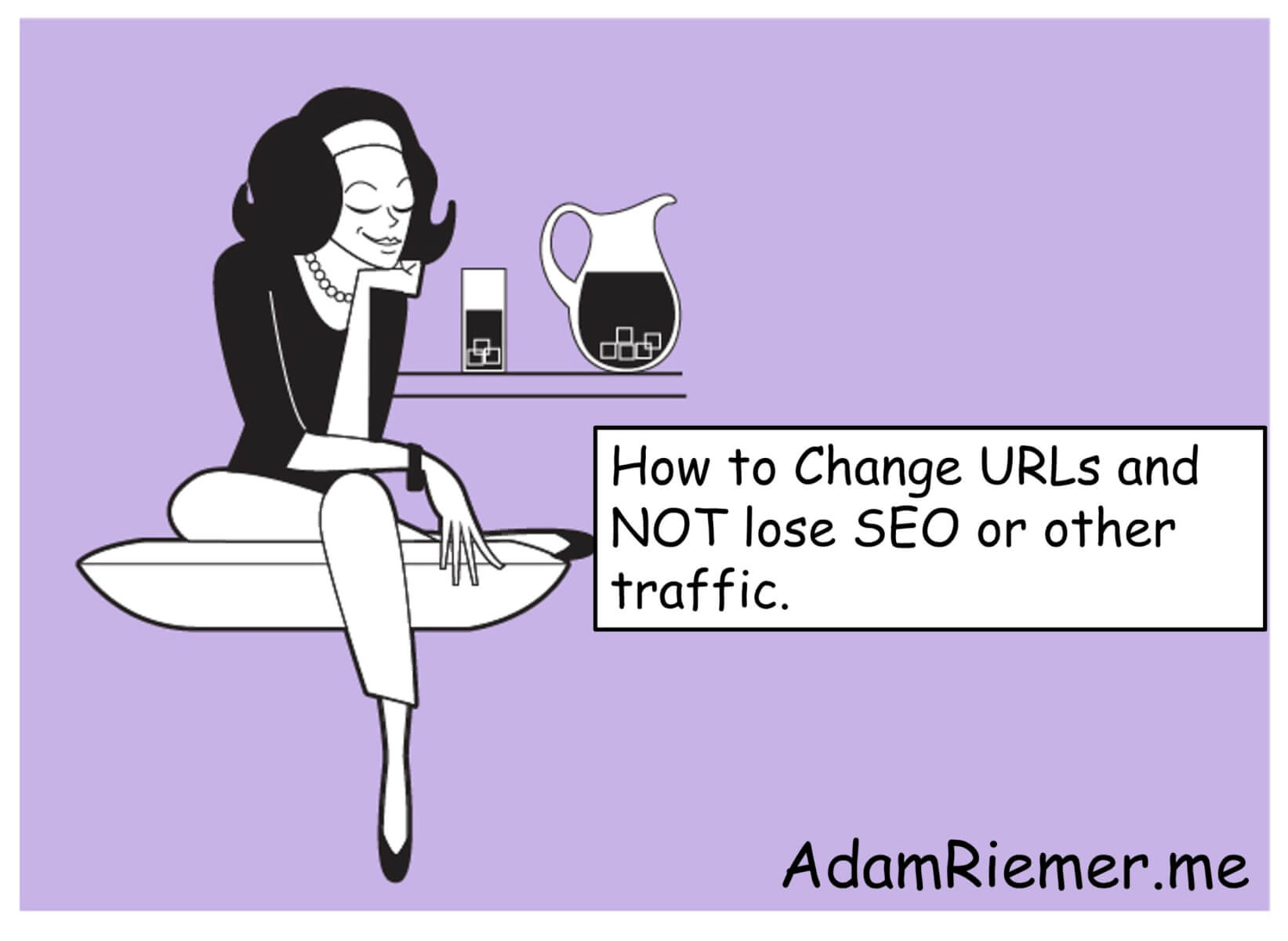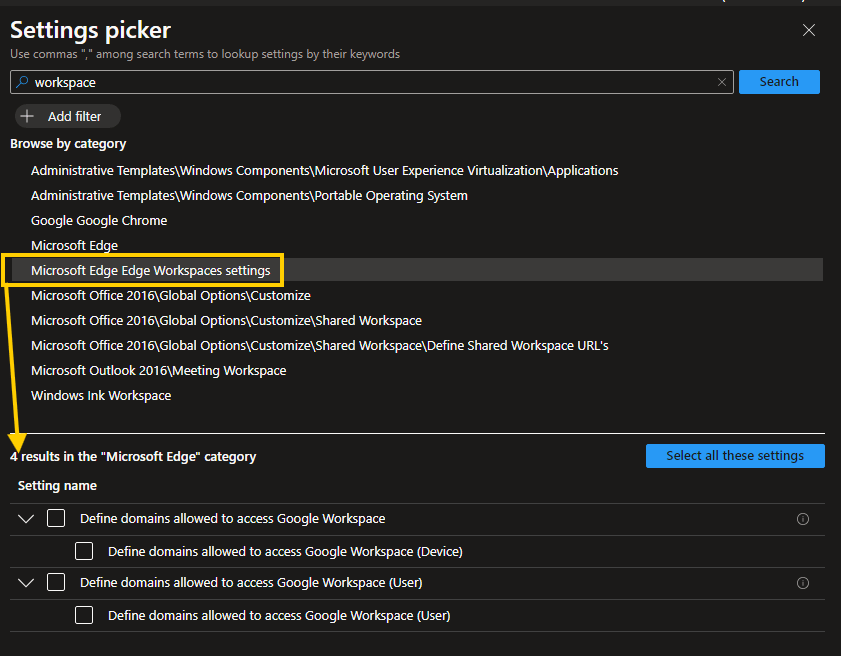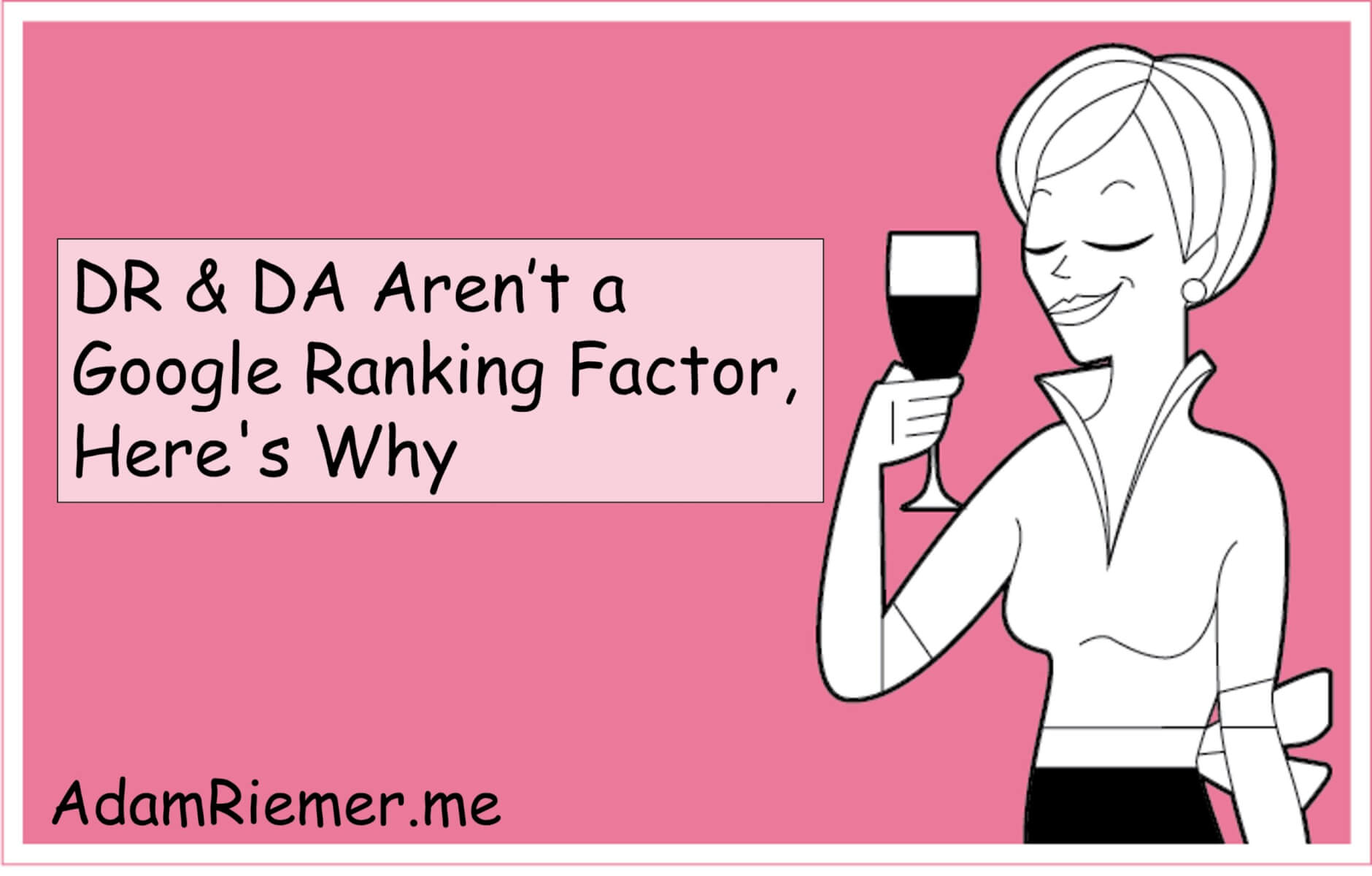Iíve had the unique experience of making full URL and brand migrations for multiple companies (including nine figure ones).† The larger ones are different than a smaller brand because thereís more moving parts, and at least one was in...

Iíve had the unique experience of making full URL and brand migrations for multiple companies (including nine figure ones).† The larger ones are different than a smaller brand because thereís more moving parts, and at least one was in a regulated industry adding to the complexity.
But in each instance we maintained or grew SEO traffic, specifically new non-branded keywords.† The following instructions are what we do as a baseline when changing URLs and we donít want to lose SEO traffic or potentially damage other marketing channels.
Note: Each site has unique variables and instances.† The guide below does not account for a new CMS system which may not be set up the same as your current.† These changes are often overlooked and can result in a loss of revenue from SEO, affiliate, and other channels.
Hereís the checklist for migrating to a new URL and changing brands while keeping SEO in tact:
Crawl the website and map out every page and URL with the categories.† All quality SEO spiders do this. Once the spider is done, add landing pages into the list. Landing pages are used by email, affiliate managers, PPC, and other channels.† If you donít move them then these channels can get damaged. Now look at your database to see how many pages there are in total.† It should match exactly to the new site if youíre not pruning.† Pruning could involve additional redirects, combining content, or deleting pages. Check for backlinks when pruning, sometimes there are amazing ones and you donít want to lose them because the page didnít have SEO traffic. There could be some excessive pages or outliers, so donít panic if you miss a couple that donít have traffic and/or are thin content.† Any page that is vital traffic wise should have the keywords the page shows up for in a separate document.† Watch and see if those same keywords are picked up for the new URL once the migration happens. I use whimsical to map out the site and pages with the keywords it shows up for.†† Put all the URLs in a spreadsheet using the following columns.† The goal here is to match each URL from the current domain to the new domain so we can set 301 redirects to each. Column A Ė existing URLs Column B Ė new URLs Column C Ė (drop down and optional) marketing page, blog post, landing page Look for broken URLs or duplicate URLs because of spaces, weird characters, misspellings or typos, and capital letters that donít redirect to lowercase.† We want to fix these issues before migration for important pages. Column D Ė Status code (3XX, 4XX, combined, or deleted) to keep track of what should be happening if youíre pruning and combining.Note: This is also a good time to undo any daisy chain redirects that are in place so we get a better crawl once the new site is live.† Use a scraper that has a report showing you all internal links.† And make sure to update any internal links within the content.
Pro-tip: If you move a blog post over, the content in the blog posts will have links to the old domain.† But the old domain will have canonicals to the new domain.† By not updating these internal links you send search engines spiders into a loop of inconsistent crawling signals.† We want to update those links in the new content so it points to the new domain and not back to the previous.
As long as the 301 redirects are in place the traffic and spiders will flow, it just isnít the best experience for the search engines.† Places to update internal links include:
Note: Thereís nothing any of us can do here.† Go for a run, have some wine, or focus on something to keep your mind off of it.† Focus on what is in your control.One thing that helps build my confidence while waiting for Google to do its thing is to go back to the sheet in step 2.† I click random URLs from the first column and watch them redirect to the proper one live in my browser.† Mentally it helps me know that the redirects are working and Google will find them properly. Thereís a feature under settings in Google search console that shows crawling, downloading, refresh, and discover.† Itís not perfect but you can keep a close eye on these and how itís crawling us to see if thereís any concerns. The migration is a success and we celebrate!
Other things to check before changing URLs with SEO:
Robots.txt matches and accounts for pagination, filters, search queries, parameters (affiliate, PPC, social, etcÖ) Schema is updated so that we reference proper pages and URLs (this should be done prior to migration and during the page builds) Have an editor at wikipedia or wikidata update your listings there This document from Google is about server side redirects when migrating URLs and using 301/308.† Itís a great read as well.If youíre changing domain names because of a rebrand or for another reason, I hope this guide helps you.† And feel free to reach out if you want a second set of eyes on your project.† We offer this when we have bandwidth as a one-off service with no monthly commitments.
The post How to Migrate a URL to a New Domain for SEO appeared first on Adam Riemer Marketing.












